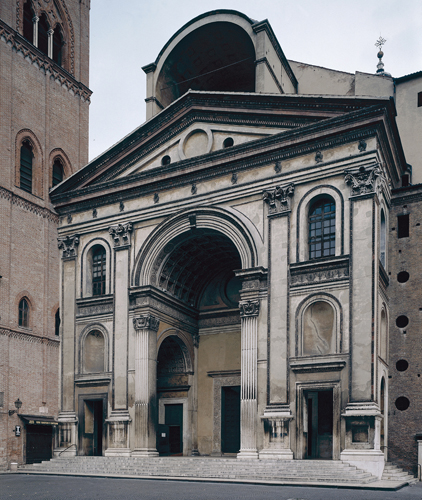Find the matching number from among the choices listed at bottom. Use none more than once, and be aware that there are more choices than you will use
___ a sheriff who must face outlaws for a town that refuses to help him
___ dazzling use of the quick cut
___ achieved by placing the camera on rollers
___ romantic comedy
___ Stephen Spielberg
___ Singin' in the Rain deals with their earliest days
___ profession of main character in The Seventh Seal
___ Audrey Hepburn as a princess out on the town
___ tramp who gets caught in a machine
___ he created horror in a setting of ordinary people unaware of the danger they are in
___ he created the most well-known persona in film noir
___ Citizen Kane
___ introduced the lingering take
___ balloon sequences and sophisticated courtship
___ director who speeded up movements in silent films
1. Peter Mark Roget
2. It Happened One Night
3. Charlie Chaplin
4. elongated moment
5. James L. Brooks
6. Paths of Glory
7. Mack Sennett
8. movies with sound
9. Saving Private Ryan
10. Martin Scorsese
11. tracking shot
12. Humphrey Bogart
13. Orson Welles
14. knight
15. Up
16. Alfred Hitchcock
17. The Grapes of Wrath
18. D. W. Griffith
19. Gary Cooper
20. Federico Fellini
21. Roman Holiday
22. samurai
19, 10, 11, 2, 9, 8, 14, 21, 3, 16, 12, 13, 18, 15, 7
You might also like to view...
?

A. Rimini B. Florence C. Urbino D. Mantua
__________ is a branch of Semiotics that holds that artists impart no meaning to their artwork. Thus, the interpretation should not consider the artist's intention and like considerations
A. Formalism B. Iconology C. Structuralism D. Feminism E. Post-structuralism
The depiction of Greeks on the Ionic frieze of the Parthenon was exceptional because ____
a. they were shown as allies of the Spartans b. they appeared to be wearing the costumes of deities c. no human event had been depicted on a temple d. they were defeated in battle
Guillaume de Machaut
a. worked for various monarchs and traveled widely throughout northern Europe. b. was also a painter. c. learned polyphonic techniques from Hildegard of Bingen. d. all of the above.